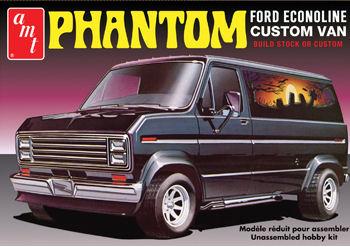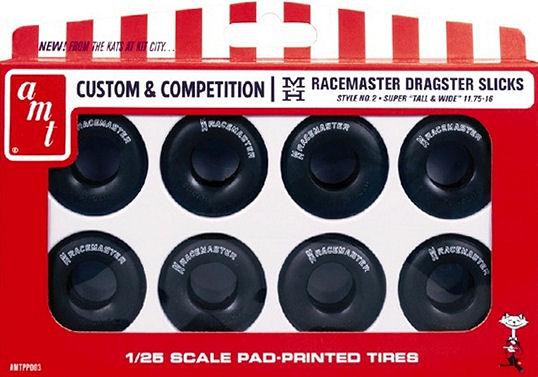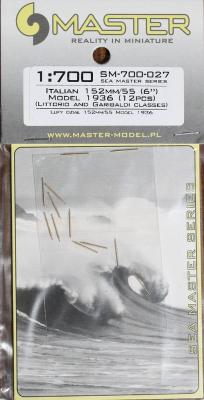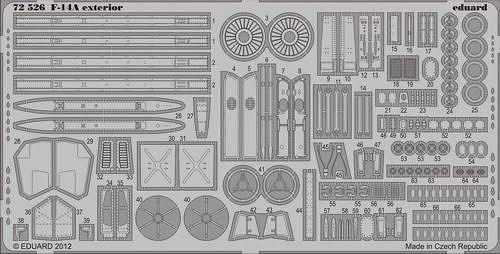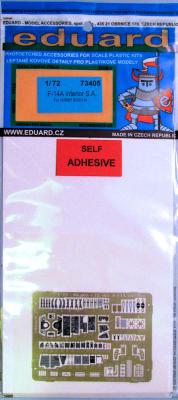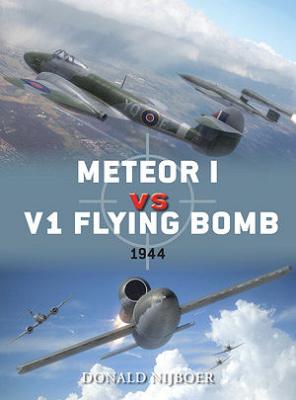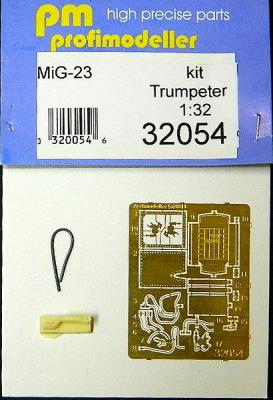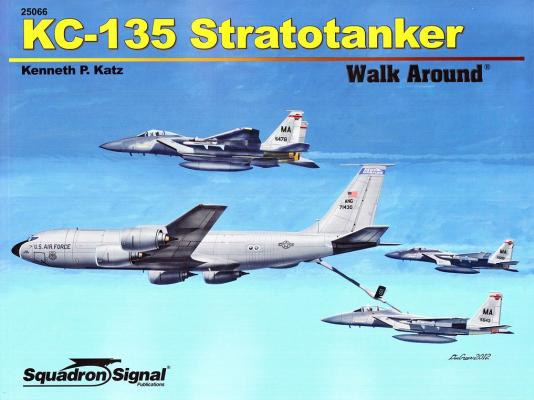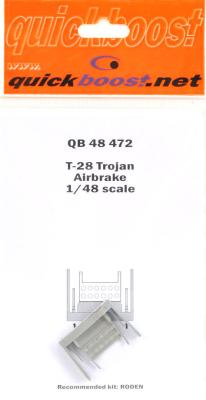The Kit
This review is for the AMT “Phantom” custom Ford van. The model is based on the Ford E-150 Econoline van. The kit comes packaged in a standard box with an artist rendering of the model on the top and sides. Inside you find the sprues molded in white and chrome, with a clear sprue and two sets of soft rubber tires. Also there are optional custom port windows molded in clear and a smoke tint.
The kit can be built as a stock service type van or a custom. For the stock version, you get chromed stock-looking wheel covers and narrow no-name tires. The custom option has wide Goodyear tires, Keystone ranger spoke wheels molded in white, custom bar grille with rectangular headlights, side mount exhaust, front spoiler, wheel flares, a mural of a graveyard at sunset, and three styles of custom port windows molded in clear and smoke tint. The port windows are teardrop, diamond, and kidney shaped.

